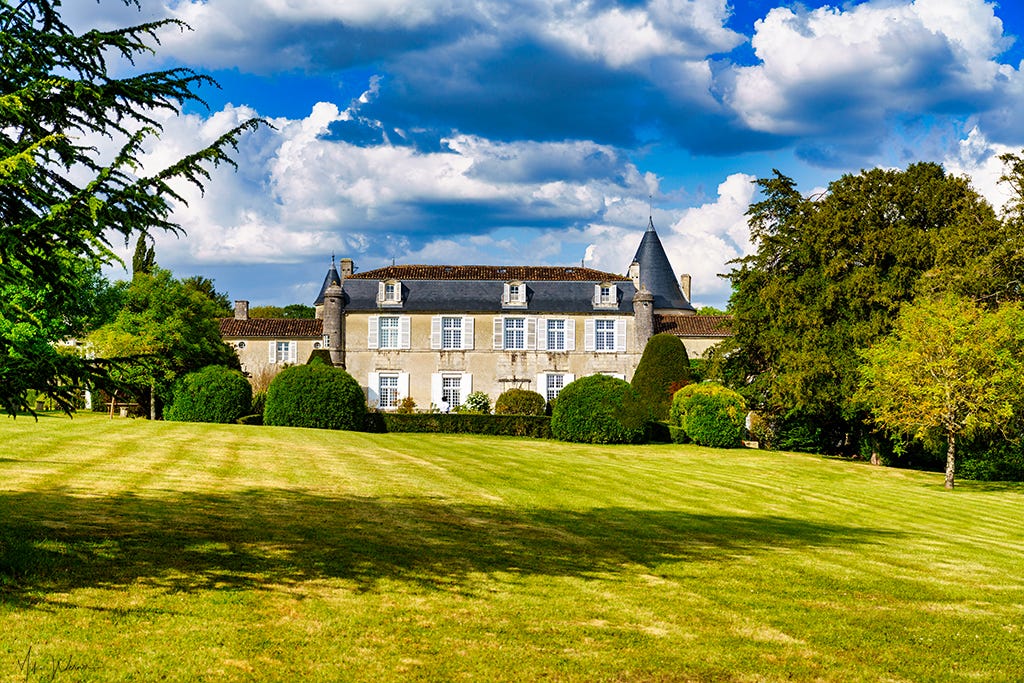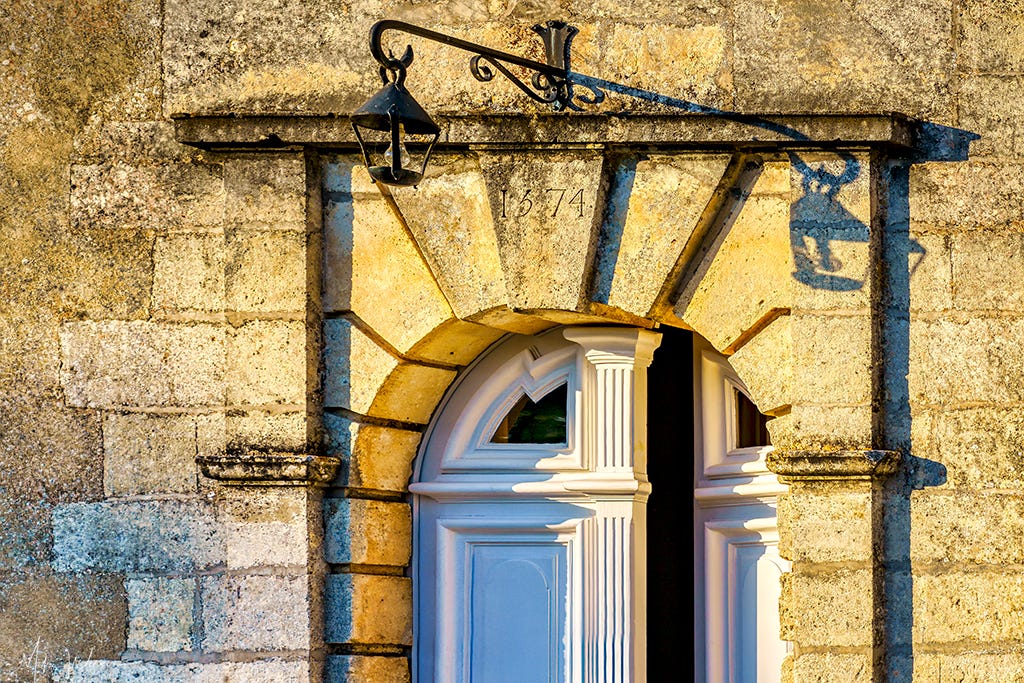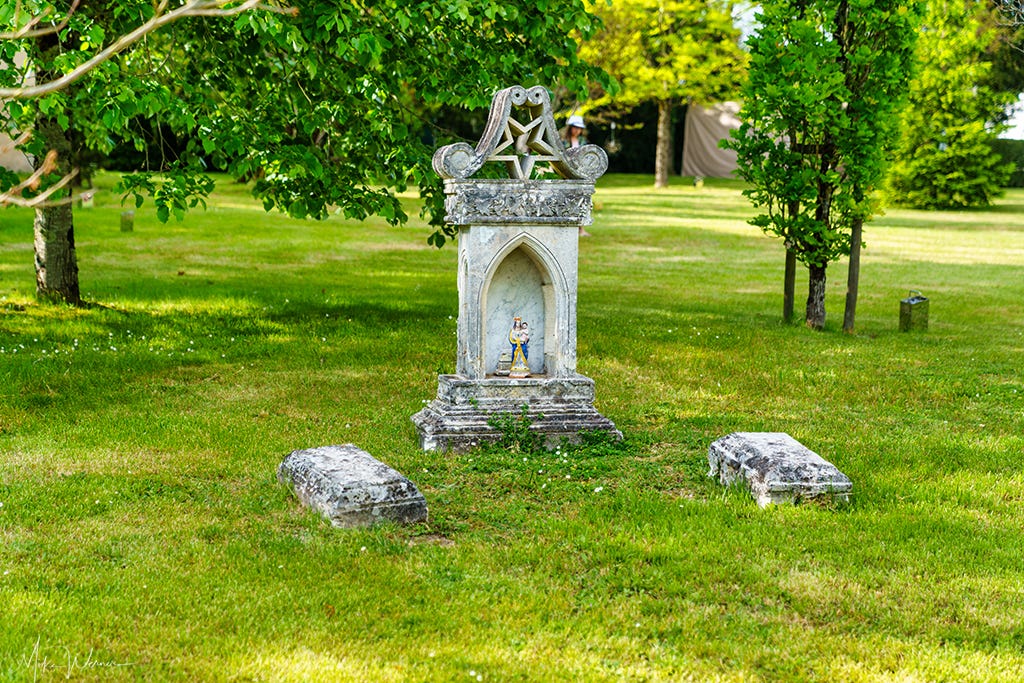The town of Chérac is a small commune located in the Charente-Maritime department in the Nouvelle-Aquitaine region of southwestern France. This region is known for its rich history, scenic landscapes, and contributions to French culture, particularly through its viticulture.
Dion is a hamlet within the commune of Chérac, which means it is a smaller, more rural community nestled within the larger town's boundaries. These hamlets are common in French rural areas, often consisting of a few houses, farms, and perhaps a small chapel or historical building.
The seigneury of Dion, first recorded in the early 16th century under the cathedral chapter of Saintes, belonged to the Lestang family. Charles de Lestang likely led the 1574 reconstruction. From 1576, the seigneury was owned by the Bourg family, later Dubourg and Dubourg-Farnoux. François Dubourg-Farnoux built the dovecote in 1681, ordering a thousand pigeon pots from Jean Lenot.
Click here to see where the Dion Castle is located on Google Maps.
In 1758, Jean Antoine de Faverolles acquired the estate, sold it in 1761 to Jean Baptiste Bergerat, who made further renovations. The building extension dates back to the late 18th or early 19th century.
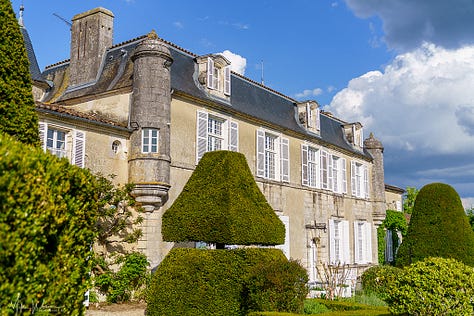
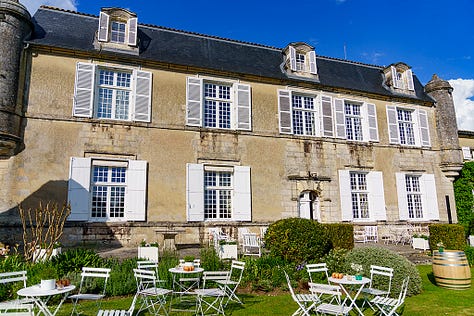
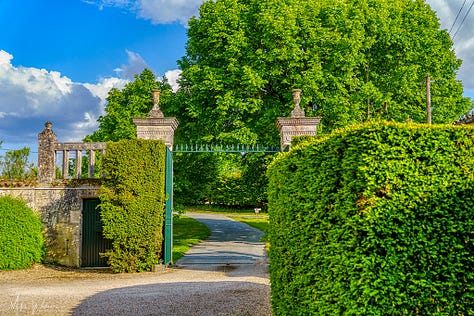
The 1815 cadastral plan names the nearby road "chemin du port de Dion," with the Charente River used for transporting goods. An axial alley leads to a courtyard surrounded by outbuildings and the residence.
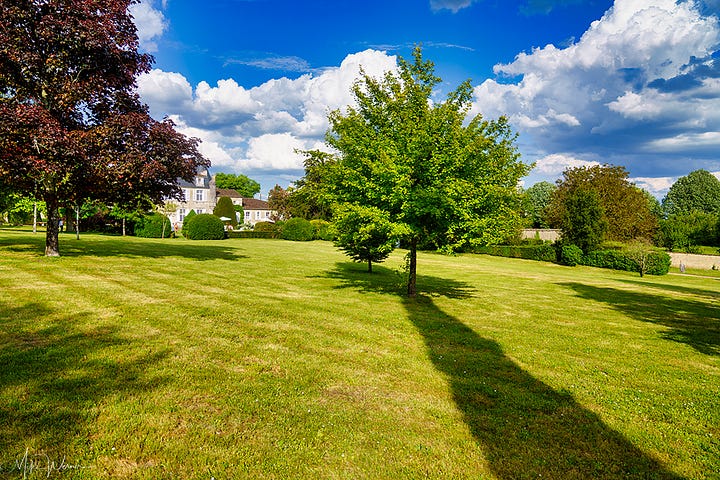
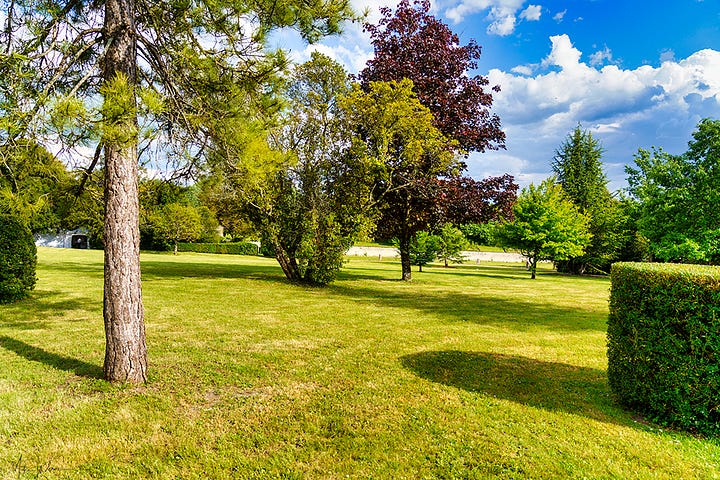
In 1835, the heirs of Bergerat sold the château to Etienne Grenon, who made significant modifications, including an English garden and new buildings. By 1851, André Maillet and various families lived at Dion. The estate passed through the Maillet and Pianelli families before Alain de Pracomtal purchased it in 1952. André Maillet added a farm in 1877 and converted a store into a woodshed in 1901.
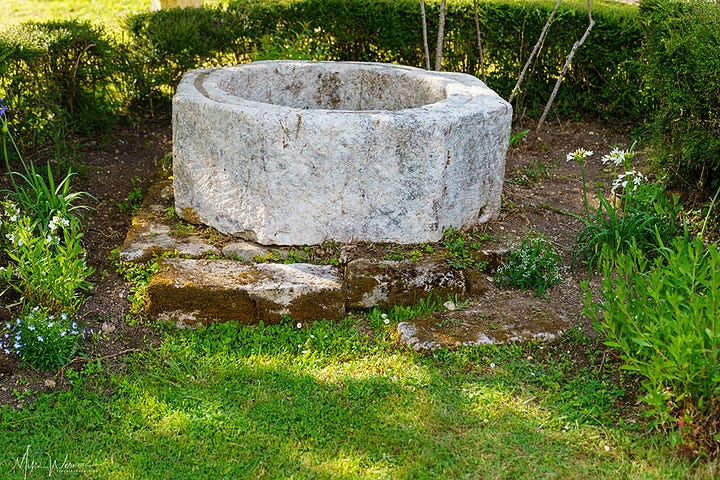

This 16th-century château underwent major renovations in the mid-18th century. It features cylindrical rear towers, a front façade with watchtowers, and late-period shutters. Inside, 17th and 18th-century fireplaces and paneling remain. The south lawn and English garden enhance the grounds, while a nearby dovecote retains its original structure. The estate is a prime example of 16th and 17th-century regional residences with well-preserved decor.
The castle remains privately owned and, unfortunately, is not open to the public for visits.




